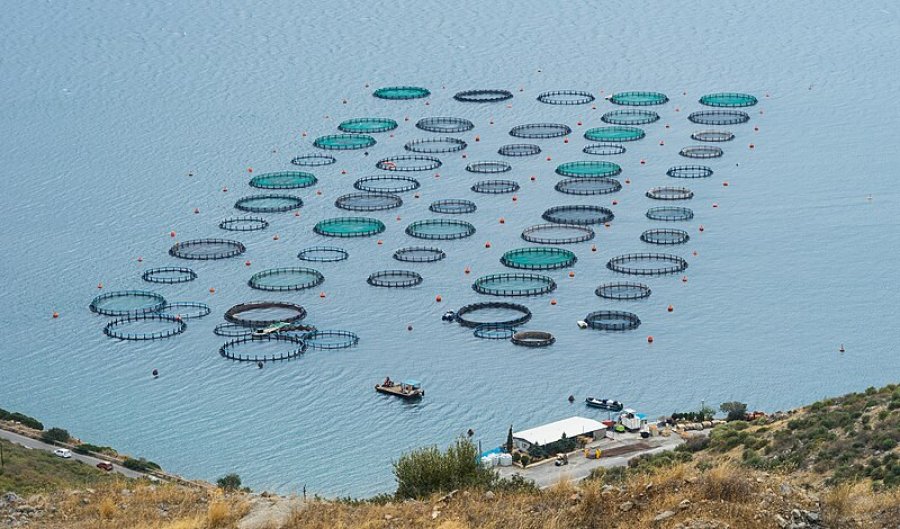
The European Centre for Disease Prevention and Control (ECDC) and the European Food Safety Authority (EFSA) recently published a report on trends in AMR in “zoonotic and indicator bacteria from humans, animals, and food” in the European Union for 2021-2022. This year’s report, which brings together data on AMR among bacterial isolates collected from humans, food products, and food-producing animals from across 33 European countries, highlights several key findings.
First, levels of AMR among two important zoonotic pathogens, Campylobacter and Salmonella, remain high. In Campylobacter, this is driven by resistance to ciprofloxacin, a common antibiotic used to treat everything from urinary tract infections to chest infections. Several E. coli isolates recovered from young food animals and Salmonella isolates from humans harboured genes for carbapenem-resistance, a worrying finding given the importance of carbapenems as a last line antimicrobial.
Second, multi-drug resistance to “critically important antimicrobials” was generally low among isolates tested. Finally, the overall level of AMR among bacterial isolates from food animals, has continued its decline over time - despite significant variation by country - a promising result demonstrating the success of the One Health approach in reducing AMR in Europe.
To increase access to and use of these data, the EFSA has launched several interactive data visualisation tools, allowing users to see data by country, bacteria, and antimicrobial, as well as “story maps” to make data accessible and digestible by the public.
Shifting continents, the UN Food and Agriculture Organisation (FAO) and Indian Council of Agricultural Research (ICAR) recently published the first national report on Surveillance data of the Indian Network for Fishery and Animal Antimicrobial Resistance (INFAAR) for 2019-2022. INFAAR was established by ICAR, with support from FAO, as part of India’s National Action Plan for AMR. The report details AMR results from almost 7,000 bacterial isolates recovered from freshwater fish, shrimp farms, and cage-cultured marine fish and almost 6,000 isolates from the livestock sector, including milk and rectal swab samples from cows, buffalo, goats, and sheep.
High levels of resistance to a range of antimicrobials were detected among aquaculture isolates of S. aureus, E. coli, Aeromonas, and V. parahaemolyticus, including over 90% of S. aureus resistant to penicillin, over 50% of E. coli isolates from marine fish resistant to cefpodoxime and cefotaxime, over 50% of V. parahaemolyticus resistant to ampicillin, and over 40% of Aeromonas resistant to cefoxitin. High levels of resistance were also noted in livestock samples, with poultry samples exhibiting the overall highest rates of resistance, including ~50% of isolates resistant to ampicillin, cefotaxime, tetracycline, and nalidixic acid.
Our postgraduate taught courses provide health practitioners, clinicians, policy-makers, scientists and recent graduates with a world-class qualification in public and global health.
If you are coming to LSHTM to study a distance learning programme (PG Cert, PG Dip, MSc or individual modules) starting in 2024, you may be eligible for a 5% discount on your tuition fees.
These fee reduction schemes are available for a limited time only.
